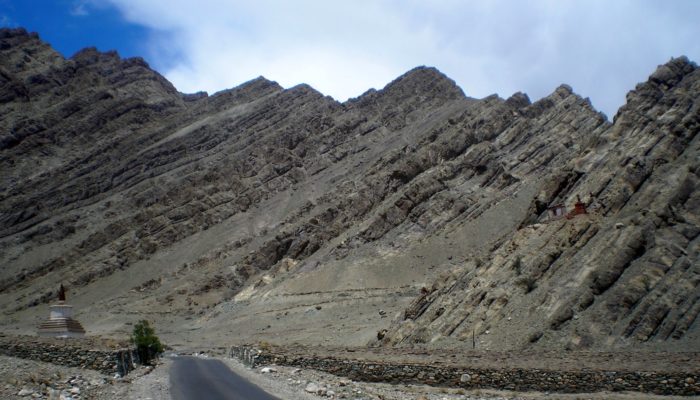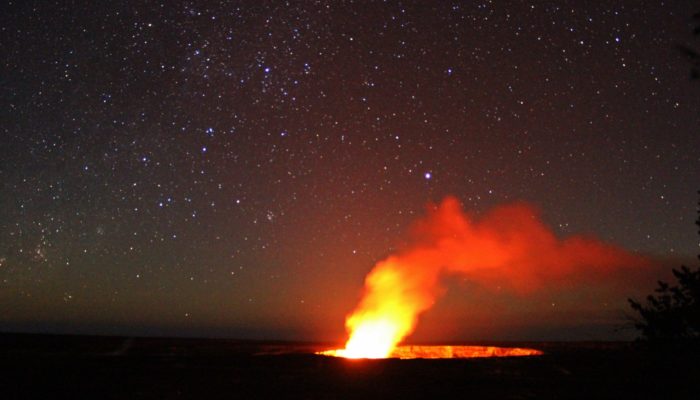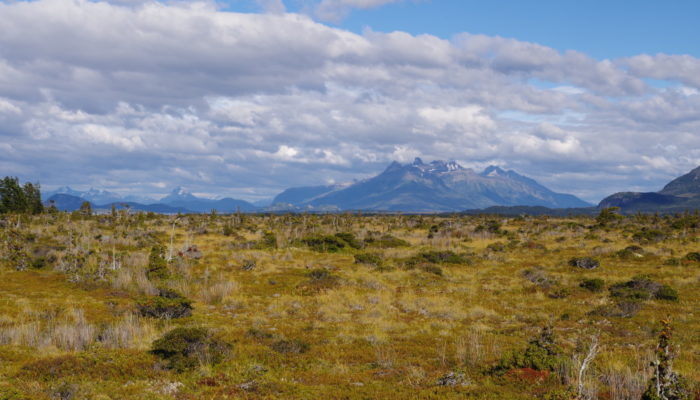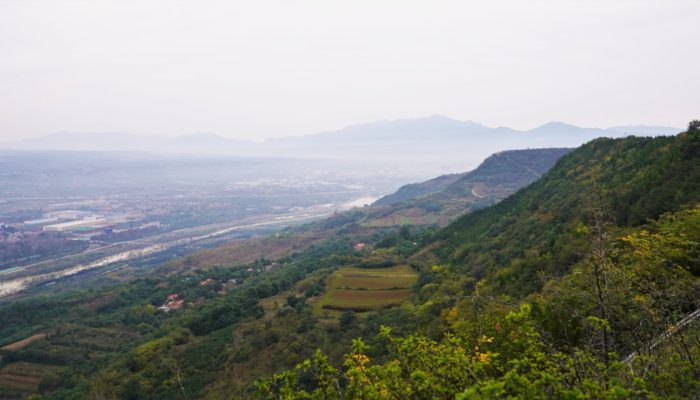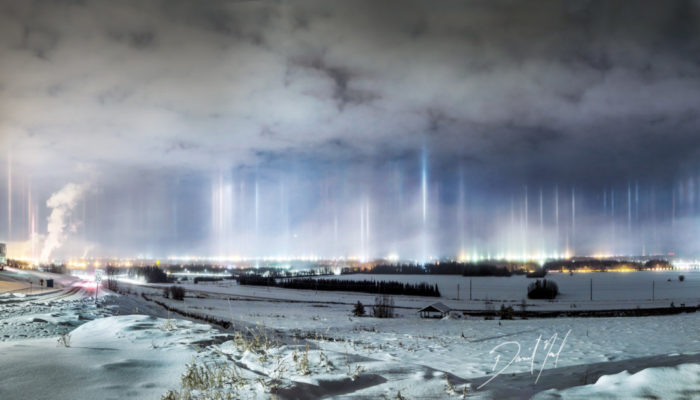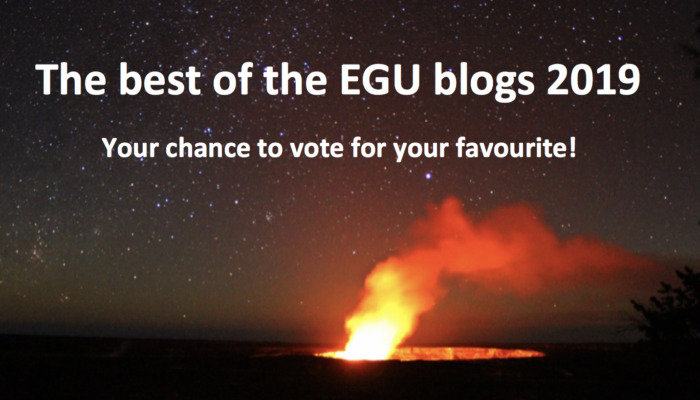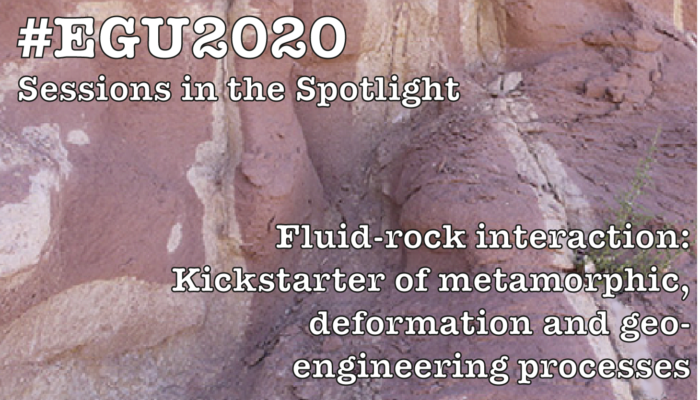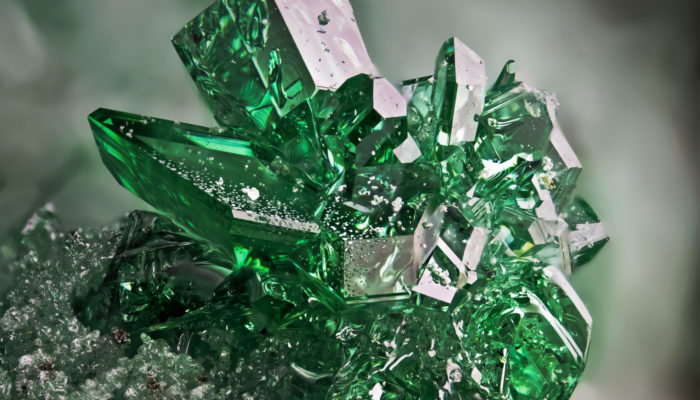Bedding (also called stratification) is one of the most prominent features of sedimentary rocks, which are usually made up of ‘piles’ of layers (called ‘strata‘) of sediments deposited one on top of another. Every stratum is characterized by its own lithology (composition), sedimentary structures, grain size and fossil content that make it unique and different from the stra ...[Read More]
If you didn't find what you was looking for try searching again.
Biogeosciences
EGU2020 BG Sessions in the spotlight: Extreme environments
Less than one month left for the EGU 2020 abstract deadline on January 15. Today we highlight two sessions of BG 5 – Geomicrobiology, extreme environments on Earth and planetary analogues. First, BG5.1: Biology and Geology of extreme environments on Earth and planetary analogs. This session is convened by Monica Pondrelli, Jessica Flahaut, Frances Westall, Helge Niemann and Barbara Cavalazz ...[Read More]
Biogeosciences
EGU2020 BG Sessions in the spotlight: Methane
The EGU 2020 abstract submissions are open until January 15. Here, we’ll highlight the planned biogeosciences sessions. Stay tuned and find the session for your abstract! Today’s focus is on Methane. Methane, a potent greenhouse gas, is steadily increasing in concentration in the atmosphere, prompting fears that it could scupper our chances to meet the global climate targets. But given its relativ ...[Read More]
GeoLog
GeoTalk: Olivia Trani – reflections on a communication officer’s career with EGU
GeoTalk interviews usually feature the work of early career researchers, but this month we deviate from this format to speak with Olivia Trani, who has served as EGU’s Communications Officer for the past couple of years. In this role Olivia has skillfully managed the Union’s social media presence and the EGU blogs. She has also served as the point of contact for EGU’s early career scientists. Oliv ...[Read More]
Stratigraphy, Sedimentology and Palaeontology
Workshop on planning of the Weihe Basin Drilling Project: Cenozoic tectonic-climate interactions – in Xi’an, China
From climate to drilling technology – international participants of the workshop for planning the ‘Weihe Basin Drilling Project: Cenozoic tectonic-climate interactions’ covered a wide range of topics. In Xi’an, Institute of Earth Environment, Chinese Academy of Sciences (IEECAS) invited an international team of researchers to discuss a possible International Continental Scientific Drilling Program ...[Read More]
Cryospheric Sciences
Did you know about… nature’s street lights for Santa Claus?
Only a couple of days left until Santa Claus’ big night! Once again the beardy guy in the red and white suit will fly around the world with his sledge pulled by his strong reindeers to make young and old children happy! But how does he navigate in the dark? Luckily, nature provides some solutions, for example light pillars… Light pillars form when ice particles are suspended in the air. These part ...[Read More]
GeoLog
Looking back at the EGU blogs in 2019: a competition
The past 12 months have seen an impressive 467 posts published across the EGU’s official blog, GeoLog, as well as the network and division blogs. We’ve featured posts that dive into the details on how crystals become minerals and why scientists are searching for meteorites of Antarctica. We’ve published a collection of posts on how geology influences architecture and helps shape cities ...[Read More]
GeoLog
A first-timer’s guide to the 2020 General Assembly
Will this be your first time at an EGU General Assembly? With thousands of participants from all over the world (more than 16,000 in 2019) in a massive venue, the conference can be a confusing and, at times, overwhelming place. To help you find your way, we have compiled an introductory handbook filled with history, presentation pointers, travel tips and a few facts about Vienna and its surroundin ...[Read More]
Geochemistry, Mineralogy, Petrology & Volcanology
#EGU2020 Sessions in the Spotlight: Fluid-rock interaction: Kickstarter of metamorphic, deformation and geo-engineering processes
Do you like thinking about fluids? Do you also like thinking about rocks? How about fluids and rocks together? If you answered yes to all three of these questions, then here are two suggestions. The first is to ask for a set of these whiskey stones for Christmas (or, even better, just find some talc-schist and put it in the freezer, and marvel at the ability of a kitchenware company to charge so s ...[Read More]
Climate: Past, Present & Future
Seasonal Greetings
The anticipation is rising, the offices smell of gingerbread and cookies, papers get written to be done just in time for Santa and his elves. Everyone is happily stressed these days working on the perfect Christmas presents, but then… aah, what to present at next year’s EGU? Which session to attend? This is a friendly reminder of the abstract submission deadline at 15th January. Read up on how to ...[Read More]

